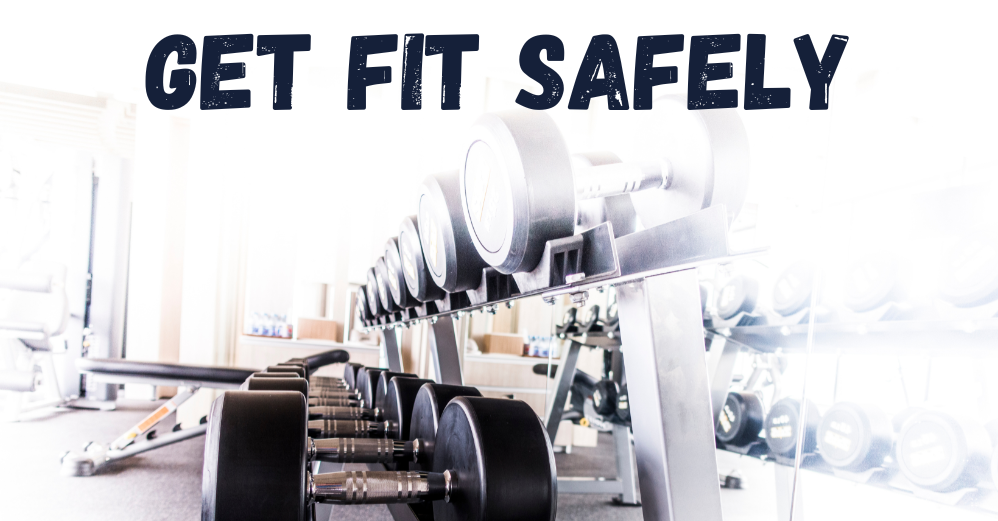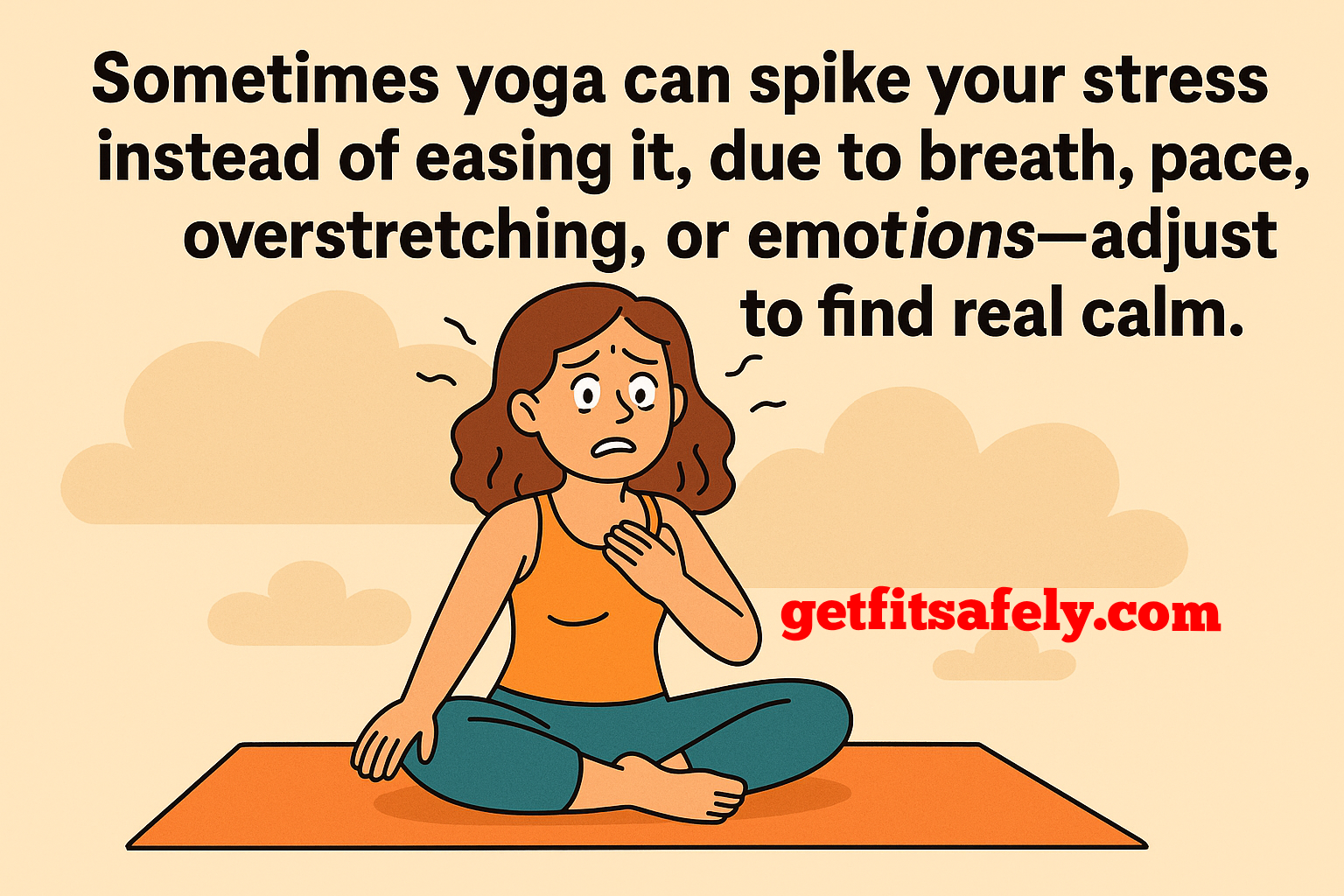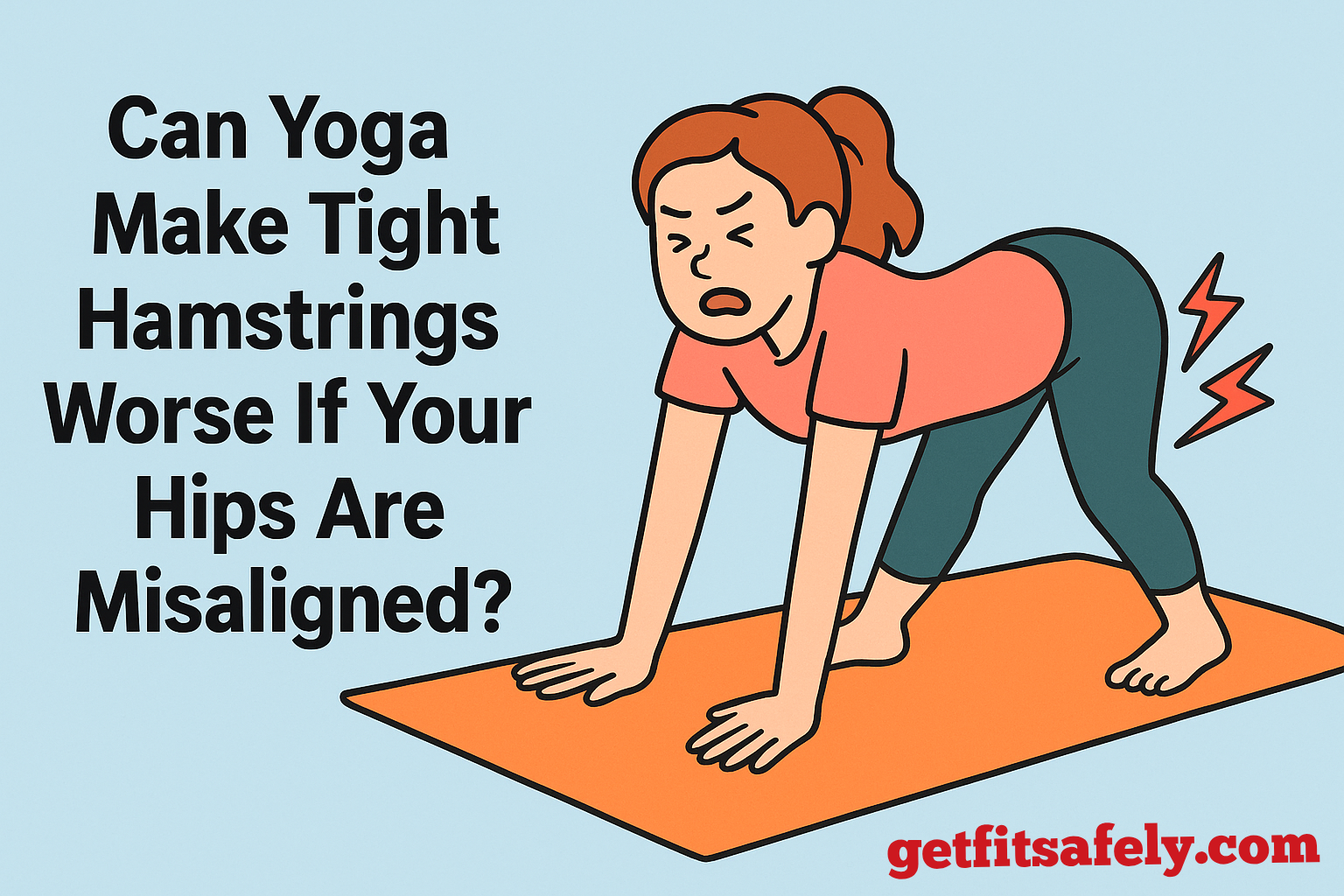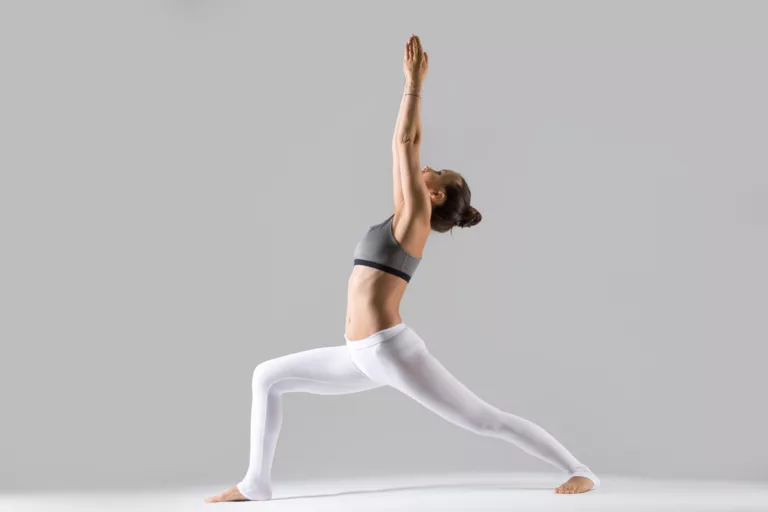Ever Looked in the Mirror and Thought, “Wait… Why Are My Abs Crooked?”
You know that moment when you look in the mirror after months (or even years) of crunches, planks, and cardio, and suddenly something looks… off?
Literally.
Your six-pack looks like it came from a half-finished jigsaw puzzle.
One side’s more defined, the other kind of lazy.
One row is straight, the other tilted.
And that’s when the post-workout existential crisis hits:
“Can I fix uneven abs?”
And maybe even…
“Can Pilates actually help me make them symmetrical?”
Spoiler: the answer is “kinda.”
But we’ll get there—step by step, with plenty of useful info.
What Are “Uneven Abs” Really?

Let’s start with a key truth.
Most people naturally have asymmetrical abs.
It’s not your fault.
It’s not your routine’s fault.
It’s not your diet’s fault.
Blame—or thank—your genetics.
The six-pack muscle, aka the rectus abdominis, has little “tendon strips” running through it that give it that brick-wall look.
But the number, placement, and tilt of those segments… varies wildly from person to person.
That’s why:
- Some people have six perfectly aligned blocks
- Others have eight
- Some only have four
- And many… have misaligned ones, with one side higher, lower, or puffier than the other
But sometimes, the asymmetry isn’t just visual.
It can be caused—or worsened—by:
- Muscle imbalance between the right and left side
- Postural dominance (like always leaning on one hip)
- Uneven training (always rotating in one direction, or unilateral moves)
- Old injuries, even in the back or hips
- Weakness in the deep abdominal muscles
And in those cases… Pilates can make a real difference.
Why Choose Pilates and Not Regular Ab Workouts?
Unlike typical gym crunches, Pilates isn’t about “burning” your abs.
Its goal is to reactivate and rebalance your entire core—especially the muscles you never feel during sit-ups.
We’re talking about:
- Transverse abdominis (your natural corset)
- Internal and external obliques
- Multifidus and deep spinal stabilizers
- Diaphragm and pelvic floor (yep, they matter too)
What Pilates does—better than most methods—is restore the connection between your brain and your deep core muscles.
When your body “prefers” one side, Pilates notices.
It slows you down.
Forces you to control every move.
Makes you move slowly, precisely, often without weights… but with insane neuromuscular intensity.
What Happens When You Train Both Sides Equally?
It sounds obvious, but… a lot of us don’t even realize we have a dominant side.
And that side ends up doing almost all the work in daily movements:
- Climbing stairs
- Carrying your gym bag
- Getting off the couch
- Holding your phone on the same side every time
Over time, this creates a slight twist or tilt in your posture.
The result?
One side of your abs gets stronger, more toned, more active.
The other side… adapts by falling behind.
With asymmetrical and targeted exercises (like side kicks, mermaid stretches, and controlled twists), Pilates wakes up the sleepy side.
That awakening can lead to:
- More visual balance
- More symmetrical movement patterns
- Less tension in the lower back
- Better core activation during squats and pull-ups
It’s not magic.
It’s neuromuscular consistency.
And Pilates is the master of that.
What Pilates Can’t Do—Even If You Do It Daily
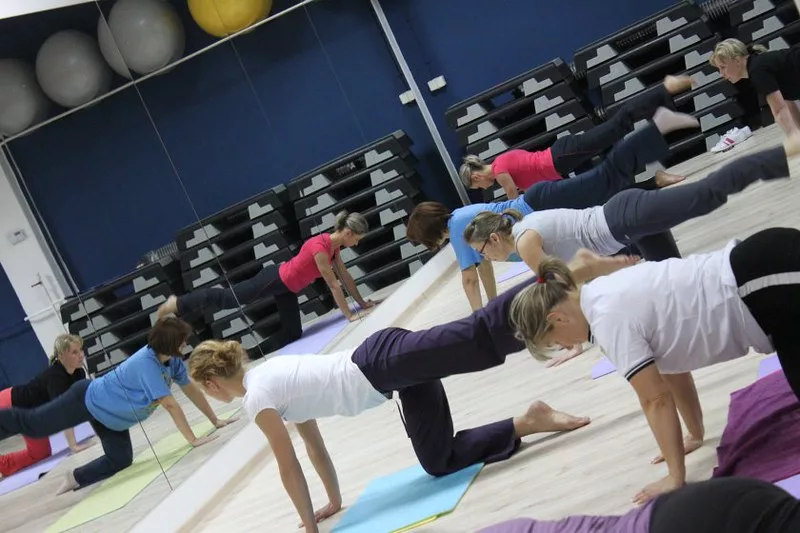
Let’s be clear:
If your abdominal asymmetry is due to genetic structural factors, Pilates won’t change it.
It won’t move your tendons.
It won’t reshape your rib cage.
And it definitely won’t burn localized belly fat (no exercise can).
So if your only goal is a perfectly sculpted visual result, you might be disappointed.
But if you want to:
- Prevent injuries
- Move better during workouts
- Eliminate chronic back tension
- Strengthen your entire core—not just the “six-pack”
Then Pilates is one of the smartest, most effective tools you can add to your routine.
Specific Pilates Exercises That Actually Help With Asymmetry
Here’s a mini list of moves you can start doing right away:
- Pelvic Curl – helps coordinate both sides of the posterior chain
- Single Leg Stretch – reveals differences between dominant and non-dominant sides
- Side Kick Series – targets glutes, obliques, and core unilaterally
- Spine Twist – improves rotational control
- Mermaid – opens up the sides and retrains lateral posture
The key?
Don’t rush.
Don’t force symmetry.
Observe your body.
Wake up the lazy side.
And repeat until the sense of balance comes naturally.
How to Know If the Asymmetry Is Just Visual or Actually Functional
Not all “asymmetries” are a problem.
To tell the difference between a simple visual quirk and a real functional imbalance, look out for:
- One side working much harder during exercises
- Unintentional tilting or rotating during planks, squats, or twists
- Recurring pain on one side (like in your lower back or flank)
- Noticeable imbalance in posture while standing or walking
In these cases, it’s worth training intentionally to restore neuromuscular balance.
But if it’s just a visual difference that doesn’t affect your movement… it’s probably just genetics, and doesn’t need to be “fixed”—just accepted.
Pilates vs. Other Methods for Core Balance: What’s the Difference?
People often wonder whether Pilates is worth choosing over other methods.
Here’s a quick comparison:
- Pilates: targets motor control, breathing, deep core activation, and small-movement symmetry
- Yoga: improves flexibility and stability but focuses less on core control during dynamic moves
- Functional training: great for full-core strengthening, but may reinforce imbalances if done without awareness
- Physical therapy: fantastic for injury recovery, but less ideal if you’re just looking to improve general symmetry while healthy
The true strength of Pilates is in its precision and attention to detail—things that other methods often skip.
How Long Does It Take to See Results?
Popular question.
Honest answer: it depends.
If your asymmetry is caused by poor muscle activation or an unbalanced posture, you might start to feel a difference after just 3–4 weeks of consistent practice (2–3 times per week).
Not necessarily in the visible shape of your abs… but in how balanced your movements feel.
Visible changes may take longer—or not happen at all—if the cause is genetic.
But the real win is feeling both sides of your body finally working together.
What to Avoid If You Have Asymmetrical Abs (So You Don’t Make It Worse)
Some habits in the gym or at home can actually deepen your imbalance:
- Always twisting to the same side (e.g., Russian twists only toward your dominant side)
- Using unilateral weights without paying attention to posture (e.g., kettlebells or dumbbells without control)
- Only doing front-facing six-pack exercises and skipping obliques and transverse abdominis
- Training abs with fast, sloppy movements
- Ignoring hip and spine mobility
Sometimes the muscle isn’t actually asymmetrical—it’s just how you’re using it that is.
Fixing these habits is the first step toward more harmony.
RELATED》》》 Why do I shake more in Pilates than I do when lifting heavy weights?
Conclusion
Pilates won’t give you a Greek-statue six-pack if your anatomy doesn’t allow for it.
But it will help you understand how you’re using your body.
And more importantly—it’ll teach you how to use it better.
You’ll feel more centered.
More stable.
Stronger—even if you don’t look like a fitness magazine cover.
Stop chasing perfect lines.
Focus on functionality, freedom of movement, and energy.
And somewhere along that path, you might just look in the mirror one day and say:
“Hey… I’m not actually that crooked.”
And it’ll be your core—not just your abs—talking back.

